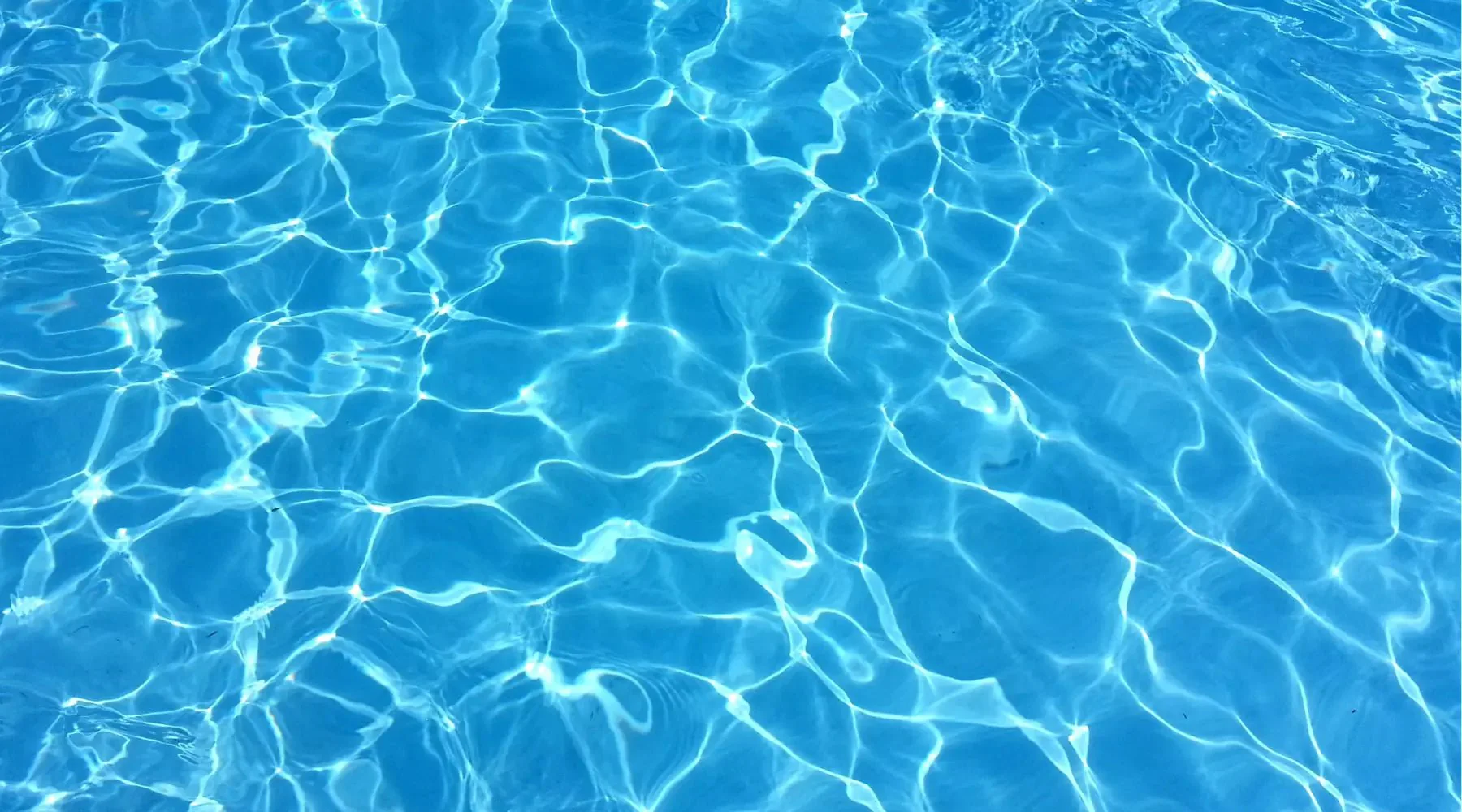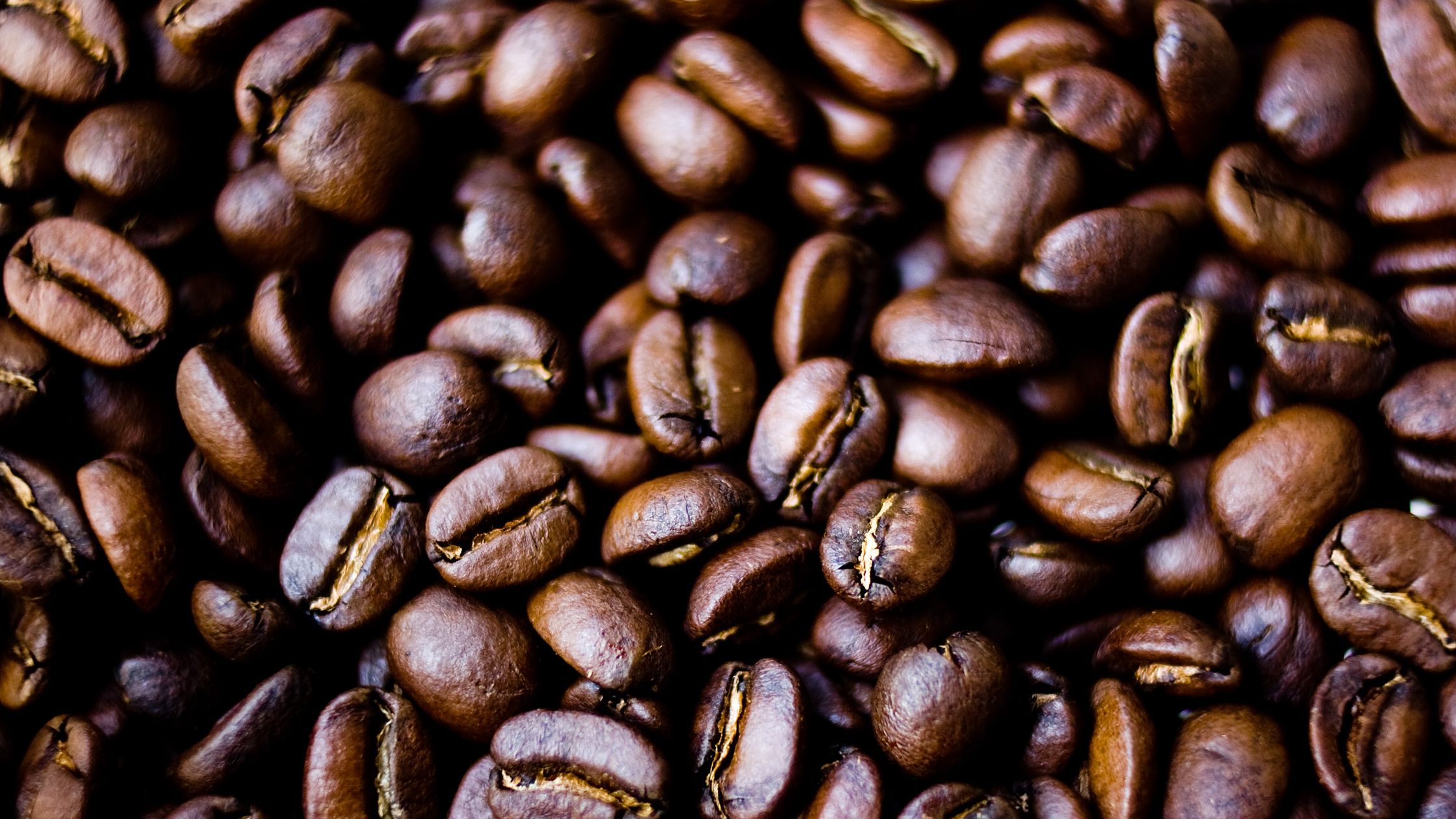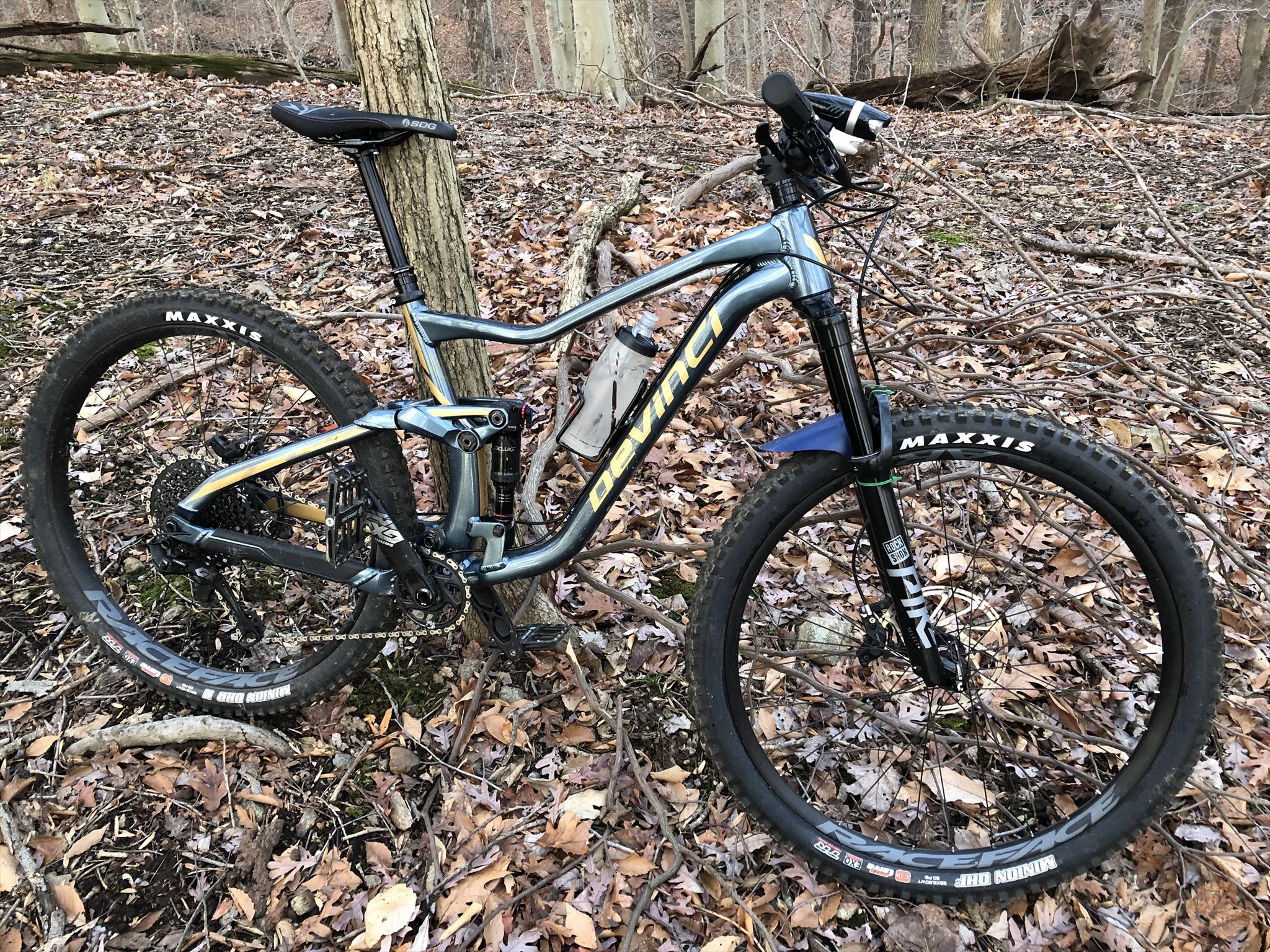Well, it’s that time of year again. I took what will most likely be my final swim of the year yesterday. The pool temperature had been holding pretty steady at 76°F for the past couple of weeks, thanks to abundant sunshine and air temperatures hitting 80° or so most days, but all of that is going to be changing over the next couple of nights. In particular, tomorrow night is supposed to get down to the low 40s. That, combined with all of the leaves starting to fall, is going to finally put an end to swimming in 2025. In spite of a late start (June 6), a week away on vacation, and a week lost to poor weather in late August, it was a great season. I wrapped up with 82 swims, beating 2021’s count of 80, and just shy of 2022’s count of 84. I beat my previous latest swim date, October 4 (set in 2021), by 3 days. I swam 4 times in October, making this my first year with more than 1 October swim. Lastly, I set a record of 58,626 total strokes, eclipsing 2022 by around 4000 strokes.
No end-of-season swimming post is complete without a mention of our all-time latest date in the pool, October 9, 2007. It’s taken 18 seasons to come this close to matching that date, but it appears that the record is going to stand for another year. Earlier this season, out of curiosity, I took a look at historical climatology data for September-October, and 2007 was an outlier — the weather was warmer and drier over that period than any other year we’ve owned our pool. Our kids were little then, and they were the last ones in the pool that year — this year, it was me, swimming my laps. My wife and I are getting more apt to swim in cooler water as the years go by, so I’d say that the odds of October swimming happening are increasing year-to-year, but who knows if we’ll be in the house long enough to have a shot at that elusive October 10 swim.
After struggling with calf tightness for most of the summer, I gave up backstroke at around the end of August with the intention of working on my kicking next year. For a couple of weeks, I also gave up front crawl, and was swimming 6 sets of 60 breaststroke/60 butterfly for a total of 720 strokes, which was rather taxing on my shoulders. Eventually, I corrected my front crawl kicking, and switched to 4 sets of 60 breast/60 butterfly/60 front crawl. At the very end of the season, I reintroduced a tiny bit of backstroke, swimming alternating sets of 60 breast/60 butterfly/60 front crawl and 45 breast/45 front crawl/45 butterfly/45 backstroke. At this point, I feel pretty good about my front crawl kicking, but still have work to do with backstroke.
So long, 2025 swimming season. We’ll see what 2026 holds in store!







